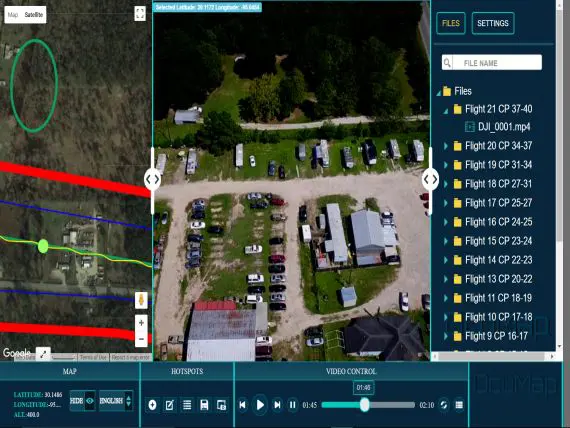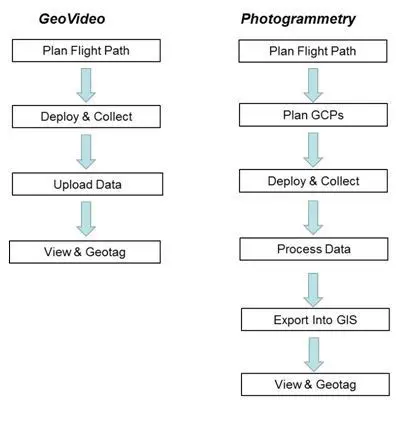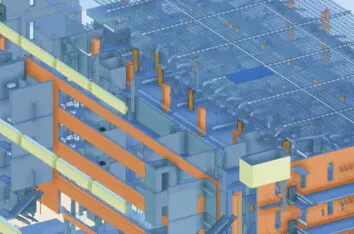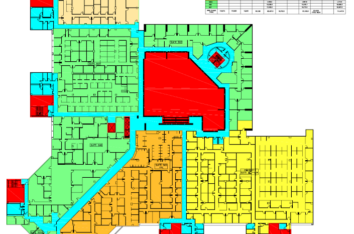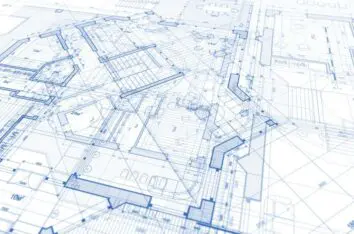Geovideo-The Challenge
As one of the nation’s largest cities (4th in population, 9th in land area), Houston’s drainage network extends over an area of nearly 2500 square kilometers. This area is difficult and time-consuming to inspect, therefore expensive to do on foot; with the significant rain events that occur in Houston, The City’s Public Works and Engineering (PWE) needed to complete the assessment as efficiently as possible, water corridors varied in width from 1 meter to 18 meters at some locations. The City was trying to quickly identify any defects or blockages in the corridors that needed to be addressed. Photogrammetry would have been a too expensive and time-consuming process, especially when using Ground Control Points. A quick process comparison was developed by Reality IMT to analyze photogrammetry versus Geovideo for this particular project and the flowchart below was developed to show workflow.
There is a sheer benefit to geovideo as it provides contentious coverage of the site of interest without having to flip through hundreds, if not thousands of images. When a video is georeferenced, a viewer can see the location of the camera on the map and follow the video path as it progresses over time. Video mapping requires very little investment in hardware and could be collected with any off the shelf unmanned aerial vehicles. Geovideos do not require processing time as they can be uploaded immediately to the cloud and then viewed in a web browser.
Geovideo-The Solution
Using Reality IMT’s off the shelf UAV with UHD video camera, 160 km were inspected in less than 20 days. The process was as simple as collecting aerial videos and then uploading the files with their associated GPS data into OcuMap– All in one web-based GeoImagery software, where the engineer can be sitting inside the office flying over the project and geotagging defects along the corridor. This information enabled rapid accessibility to PWE engineers and decision makers from the comfort of their office, enabling better and faster decision making and prioritization. Adding to the value and efficiency, the video map served as a reference for planning and as a baseline for comparison with future assessments. Stakeholders are now able to view the data from any location by simply logging in to the secure web viewer.
Geovideo-Conclusion
While photogrammetry provides accurately georeferenced digital models, it may not be the best solution for mapping corridors, more so, the audience for photogrammetry is typically GIS professionals, surveyors, and engineers, while the audience for georeferenced video is typically upper management and maintenance who are looking to relatively identify the location of concern. Geovideo is a faster, easier, and more cost-effective method than photogrammetry as it requires no processing time, no GCPs, and no GIS expertise to interact with the data. OcuMap is making it possible for anyone who can capture a georeferenced video to simply upload, view and geotag
